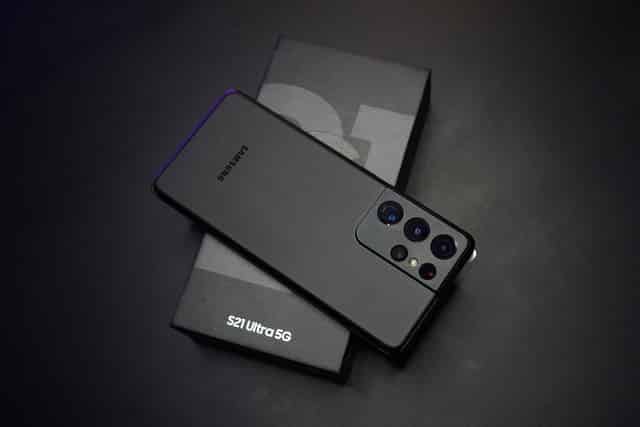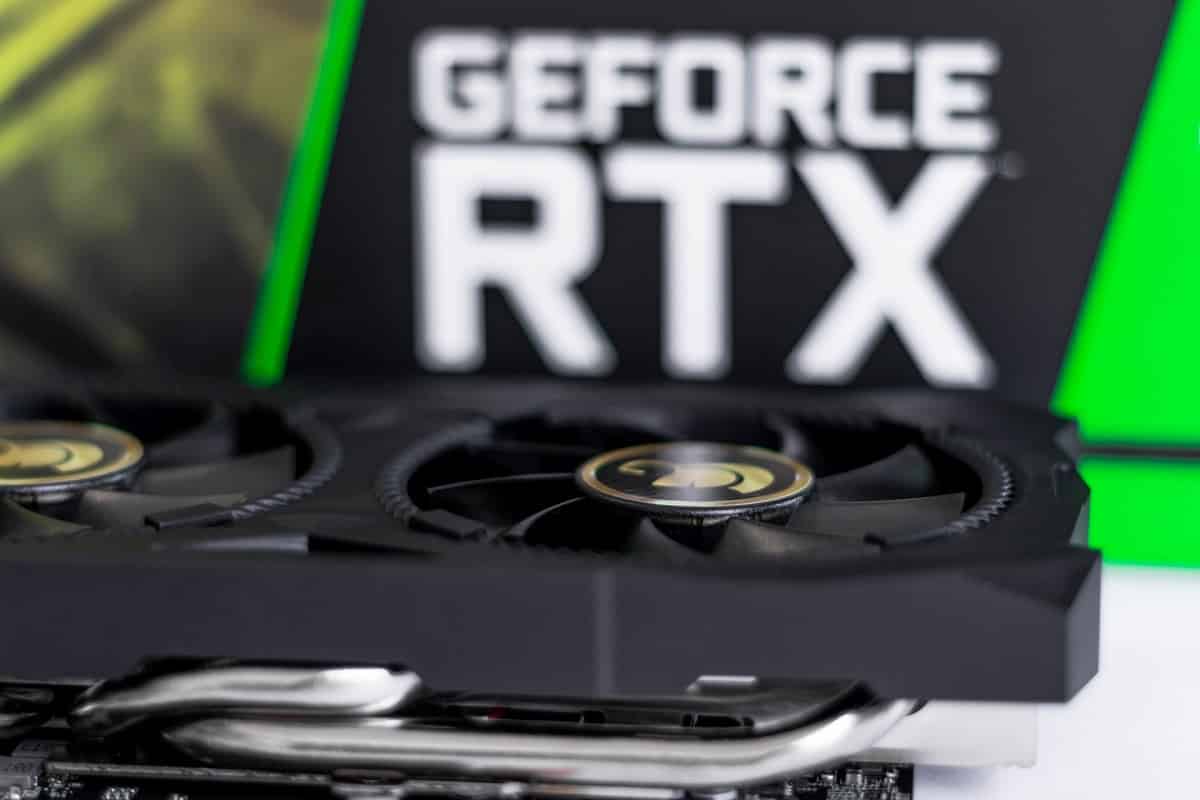Nvidia is a technology company that manufactures graphic processing units and chips for mobile computing, gaming consoles, and autos. The company was founded in 1993 by Jensen Huang, a former employee of Advanced Micro Devices (AMD).
Based in Santa Clara, California, Nvidia has expanded beyond GPUs, semiconductors, and chips to include gaming consoles and processors for 3D graphics, VR, and AI-powered devices. In fiscal 2021, Nvidia had 18,100 employees and generated a record $16.68 billion in revenue. [1]
Nvidia is acquiring ARM, a leading semiconductor licensor with $1.5 billion in revenue annually. The acquisition is worth $40 billion – $12 billion in cash, $21.5 billion in stock, and $5 billion in cash/stock.
The deal is expected to close by Mar 2022. ARM will catapult Nvidia to the third-largest semiconductor manufacturer. Most chipmakers rely on ARM’s technology and blueprints. So, this acquisition will increase Nvidia’s competitive advantage. The company faces strong competitors like Intel, AMD, Qualcomm, Microsoft, and Broadcom. [2]
Here is an in-depth analysis of Nvidia’s top 10 competitors and alternatives:
1. Advanced Micro Devices (AMD)
Year founded: 1969
Headquarter: Santa Clara, California
AMD is a tech company that develops chips and graphics processors used in integrated circuits for PCs, gaming consoles, and CPUs. In 2021, AMD had around 10,000 employees and generated $16.43 billion in revenue. With $4.3 billion in Q3 2021, AMD’s revenue for the first three quarters of 2021 has already surpassed 2020.
AMD and Nvidia provide the best graphics card for gaming PCs globally. Both companies release new GPU generations every two years. Currently, Nvidia’s RTX 30-series graphics cards compete with AMD’s RX 6000. Both GPUs were released in 2020.
In 2022, Nvidia’s RTX 40-series will be going head-to-head with AMD’s RX 7000 GPUs. AMD powers 28% of gaming consoles. It is a formidable Nvidia competitor. [3]
2. Intel
Year founded: 1968
Headquarter: Santa Clara, California
Intel is the world’s largest semiconductor chip manufacturer. The company’s microprocessors power more PCs than any other processor on the market. In 2021, Intel had 110,800 employees and generated $78.5 billion in revenues.
In Apr 2021, Intel unveiled its new IDM 2.0 Hybrid Manufacturing Strategy. With IDM 2.0, Intel can deliver more innovative solutions and protect its product leadership. In Jan 2021, Intel controlled 66% of the x86 CPUs market. Intel has a valuation of $218.83 billion, making it one of the fiercest Nvidia competitors. [4]

3. TSMC
Year founded: 1987
Headquarter: Hsinchu, Taiwan
TSMC is the world’s largest contract chipmaker. The company’s chip business accounts for 54% of total foundry revenue globally. In 2021, TSMC had 56,831 employees and posted a record $57 billion in revenue, up 18.5% from 2020.
In 2021, TSMC spent $28 billion to increase chipmaking capacity. The company increased its investment to $44 billion in 2022 to boost its chip production by up to 47%. Nvidia and TSMC partnered in the past to create their GPUs.
The Taiwanese manufacturer is also behind AMD RX 6000. In 2022, TSMC will collaborate with Nvidia on RTX 40-series graphics cards. TSMC is the best Nvidia alternative for advanced 3nm chips. [5]
4. Samsung
Year founded: 1983
Headquarter: Seoul, South Korea
Samsung is the world’s largest memory chip and smartphone maker. The company collaborated with Nvidia in 2020 to develop 8nm processors for RTX 30-series GPUs. In 2021, Samsung had over 300,000 employees and made $197.69 billion in revenue.
Samsung is building a $10-billion logic chipmaking plant in Austin, Texas, scheduled to open in 2023. The company also plans to invest $116 billion in the next ten years to boost its chipmaking business.
Nvidia’s RTX 30-series cards use Samsung’s 8nm manufacturing process. But Nvidia is switching back to TSMC for its RTX 40-series GPUs after Samsung experienced yield issues. Although Nvidia and Samsung collaborate in GPU development, their products compete against each other for customers in the chip sector. [6]

5. Qualcomm
Year founded: 1985
Headquarter: San Diego, California
Qualcomm is the world’s leading developer of chips for smartphones, 5G technologies, broadband devices, and networking equipment. The company’s integrated circuits and software power most Android consumer electronics. In the 2021 fiscal year, Qualcomm had over 41,000 employees and generated about $33.57 billion in revenue. [7]
Both Qualcomm and Nvidia cater to the 5G technology market. But Qualcomm’s 5G offering is more advanced than Nvidia. The company’s annual sales of 5G chips hit $10 billion in 2021, up from $6 billion generated in 2020. Qualcomm is the best Nvidia alternative for 5G mobile chips. [8]
6. Broadcom
Year founded: 1961
Headquarter: San José, California
Broadcom develops semiconductors, controllers, and processors. Like Nvidia, Broadcom makes chips for 5G smartphones. In 2021, Broadcom’s revenues increased by more than $4 billion to $27.5 billion.
Broadcom is the fastest-growing chipmaker for 5G-enabled phones and 5G base stations, with a long-lasting relationship with Apple and Nokia. The company has an agreement with Apple to supply $15 billion worth of smartphone chips from 2021 to 2023. These lucrative deals increase Broadcom’s competitive advantage over Nvidia. [9]
7. Texas Instruments Inc.
Year founded: 1951
Headquarter: Dallas, Texas
Texas Instruments is a tech company that develops processing chips. Its semiconductor chips are used in autos, industrial equipment, personal electronics, and communications. In 2020, Texan Instruments generated $14.46 billion. The company recorded over a 20% increase in revenue in the first three quarters of 2021. [10]
Both Nvidia and Texas Instruments develop chips for different sectors. But Texas Instruments targets small and medium-sized companies with affordable semiconductors. Texas Instruments is a budget-friendly Nvidia alternative.
8. Sapphire Technology
Year founded: 2001
Headquarter: Hong Kong
Sapphire Technology is a tech company that produces graphics cards for PCs, workstations, TV tuner cards, motherboards, and digital audio players. It is one of the emerging players in the GPU space. In 2021, Sapphire Technology had around 105 employees.
During CES 2021, Sapphire provided a glimpse into supply chain challenges contributing to GPU shortages. According to Sapphire PR Rep Ed Crisler, the company navigated through the crisis in 2020 and 2021 to meet the ever-increasing demand for graphics cards. Sapphire’s innovative GPUs can poach some customers from Nvidia. [11]
9. Microchip Technology
Year founded: 1989
Headquarter: Chandler, Arizona
Microchip Tech is a manufacturer of microcontrollers, semiconductors, and integrated circuits. The company has 18,300 employees and serves around 120,000 customers from different sectors. In 2021, Microchip Technology generated $5.44 billion in revenue.
The main competitive advantage for Microchip Tech over Nvidia is its unique positioning that guarantees long-term sustainability and profitability.
In the past 3 years, Microchip has been generated over $5.2 billion in revenues annually. Microchip Technology is one of the best Nvidia alternatives for industrial manufacturers. [12]
10. NXP
Year founded: 1953
Headquarter: Eindhoven, Netherlands
NXP is a chip manufacturer for the automotive industry and the semiconductor division of Philips. Both NXP and Nvidia develop chips for autos. In 2021, NXP had 29,000 employees with over $8 billion in revenues.
Although NXP develops semiconductors for other sectors, it relies heavily on the auto industry. The Dutch company saw a surge in revenue in subsequent quarters in 2021, driven by increasing demand for cars globally. NXP’s long-standing connections with automakers will boost revenue growth in 2022. NXP is one of the top Nvidia competitors in the automotive industry. [13]
References & more information
- Alsop, T. (2021, Mar 9). Nvidia revenue worldwide 2015-2021. Statista
- Shead, S. (2021, Aug 4). Why Nvidia’s $40 billion bid for Arm could be in jeopardy. CNBC
- Roach, J. (2021, Dec 1). Nvidia vs. AMD: Fierce GPU competitors with one clear winner. Digital Trends
- Martin, D. (2021, Jul 23). The 10 Biggest Intel News Stories Of 2021. CRN
- Jie, Y. (2022, Jan 13). TSMC to Invest Up to $44 Billion in 2022 to Beef Up Chip Production. The Wall Street Journal
- Roach, J. (2021, Nov 30). Nvidia will reportedly ditch Samsung for its RTX 40-series GPUs. Digital Trends
- Alsop, T. (2021, Dec 2). Qualcomm revenue worldwide 2012-2021. Statista
- Nellis, S. (2021, Jul 29). Qualcomm optimistic on 5G, connected device sales as supply bottlenecks ease. Reuters
- Chauhan, H. (2021, Aug 3). Better Buy: Marvell Technology Group vs. Broadcom. The Motley Fool
- Texas Instruments (2021, Jan 26). TI reports Q4 2020 and 2020 financial results and shareholder returns. PR Newswire
- Walton, J. (2021, Jan 12). Sapphire Technology Talks GPU Shortages, Cryptomining and More. Tom’s Hardware
- Great Speculations (2021, Jul 8). Growing Margins Could Help Microchip Technology Stock Regain Early-2021 Highs. Forbes
- Thomson, A. (2021, Aug 2). NXP Projects Revenue That Would Top Estimates on Robust Demand. Bloomberg
- Featured image by Christian Wiediger
Tell us what you think? Did you find this article interesting? Share your thoughts and experiences in the comments section below.












Add comment